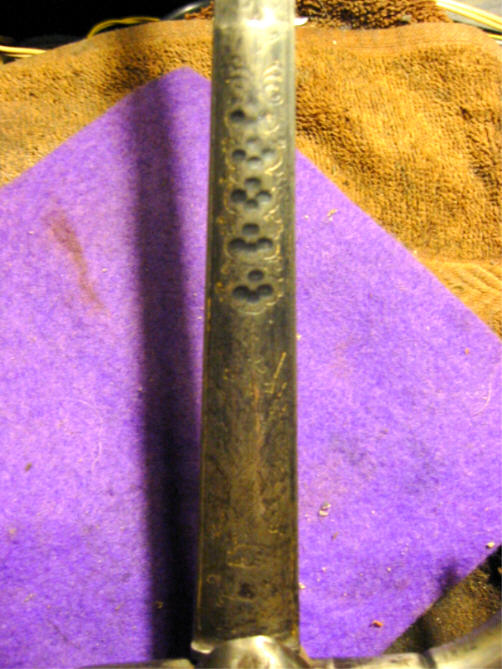|
William Fox
|
 Posted: Sat 31 Mar, 2018 2:15 pm Post subject: Echt Damast Posted: Sat 31 Mar, 2018 2:15 pm Post subject: Echt Damast |
 |
|
Hello gents. Happy Easter.
I had a question to ask those with a knowledge of the history of pattern welding in Europe. Years ago I became interested in what 19th-20th century German blade smiths called 'Damascus' blades, and I even collected a few examples. These 'true Damascus' blades have patterns like 'rose bud', 'maiden hair', 'Turkish pattern', etc. These are all pattern welded blades, forged by master swordsmiths, who passed down the technique for generations. They have nothing to do with wootz or crucible steel.
With the recent revival in Europe and the USA, in pattern welded recreations of Early European swords, I have been admiring the work of such skilled craftsmen as Paul Binns, Patrick Barta and Rob Miller, to name just a few.
My first question is whether 19th century German masters had rediscovered the skill of pattern welding for themselves, or had the tradition been passed down for 1500 years? The former would seem more likely to me.
My second question is were the skills and knowledge of the last German smiths like Paul Muller and Paul Dinger, (last great work done in the 1940's), passed on, did their work/knowledge inform the current generation of smiths who can manipulate steel to form pattern welded blades?
That which does not kill us, makes us stronger
|
|
Glen A Cleeton

|
 Posted: Sat 31 Mar, 2018 5:44 pm Post subject: Posted: Sat 31 Mar, 2018 5:44 pm Post subject: |
 |
|
I have an 18th century smallsword blade that was folded decoratively. The damast stahl marked blades of were more common after advances in steel production, That may seem counter intuitive of my understandings of the progression of a more or less common production of such blades.
I don't feel it was a matter of being re-discovered but rather being able to more easily produce and control different steel compositions.
Cheers
GC
 Attachment: 118.08 KB Attachment: 118.08 KB

 Attachment: 77.08 KB Attachment: 77.08 KB

 Attachment: 368.67 KB Attachment: 368.67 KB
[ Download ]
|
|

